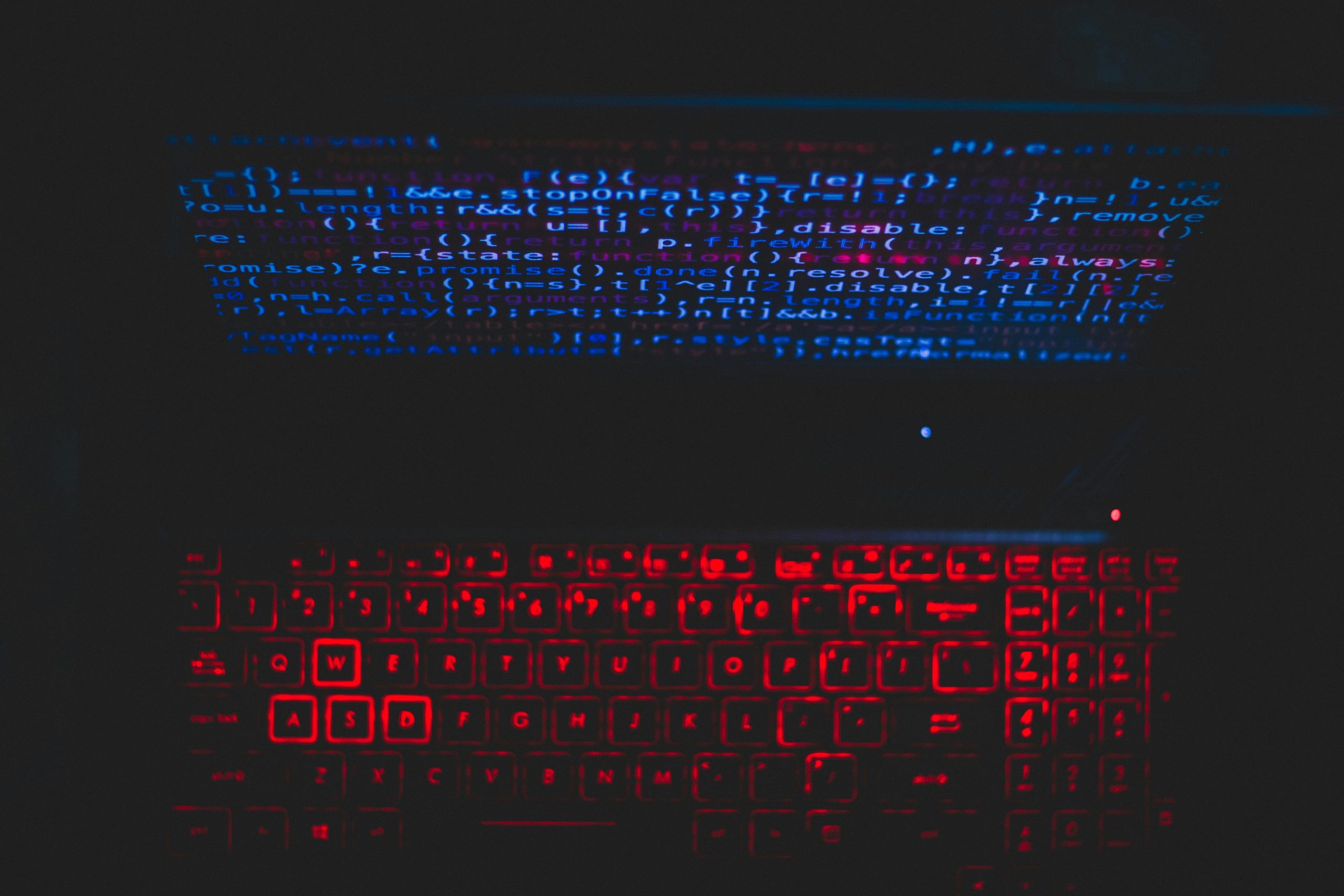Artificial intelligence has evolved dramatically over the past decade, and one of its most groundbreaking advancements is generative AI. This technology has captured global attention for its ability to create text, images, music, and even videos that mimic human creativity. From chatbots like ChatGPT to image generators like DALL·E, generative AI is transforming industries, raising ethical questions, and reshaping how we interact with machines. But what exactly is generative AI, and how does it work? This article explores its mechanics, applications, and broader societal impact.
What Is Generative AI?
Generative AI refers to a subset of artificial intelligence that focuses on creating new content rather than just analyzing or interpreting existing data. Unlike traditional AI models that classify or predict outcomes, generative models produce original outputs—whether text, images, audio, or synthetic data—based on patterns learned from vast datasets.
At its core, generative AI relies on deep learning techniques, particularly neural networks, which simulate the way the human brain processes information. These models are trained on massive amounts of data, allowing them to recognize intricate patterns and generate coherent, contextually relevant outputs. Some of the most well-known generative AI models include:
- GPT (Generative Pre-trained Transformer): A language model capable of writing essays, answering questions, and even coding.
- DALL·E and MidJourney: AI systems that generate images from textual descriptions.
- Deepfake technology: AI that creates realistic but synthetic videos and audio clips.
How Does Generative AI Work?
Generative AI operates through sophisticated algorithms, primarily leveraging two key approaches: Generative Adversarial Networks (GANs) and Transformer-based models.
Generative Adversarial Networks (GANs)
GANs consist of two neural networks—the generator and the discriminator—that work in opposition. The generator creates synthetic data, while the discriminator evaluates its authenticity. Over time, the generator improves its outputs until the discriminator can no longer distinguish between real and AI-generated content. This technique is widely used in image and video generation.
Transformer-Based Models
Transformers, such as those used in GPT models, rely on self-attention mechanisms to process sequential data like text. These models analyze relationships between words in a sentence, allowing them to predict and generate coherent responses. By training on vast text corpora, transformer models develop an understanding of grammar, context, and even stylistic nuances.
Both GANs and transformers require enormous computational power and extensive datasets to function effectively. The training process involves feeding the model millions of examples, refining its parameters through backpropagation, and fine-tuning its outputs for accuracy and relevance.
Applications of Generative AI
Generative AI is revolutionizing multiple industries by automating creative processes, enhancing productivity, and enabling new forms of expression. Some key applications include:
- Content Creation: Writers, marketers, and designers use AI to draft articles, generate ad copy, and create visual assets.
- Healthcare: AI models assist in drug discovery, medical imaging analysis, and personalized treatment plans.
- Entertainment: From AI-composed music to deepfake actors, generative AI is reshaping media production.
- Customer Service: Chatbots and virtual assistants powered by generative AI provide instant, human-like responses to queries.
- Education: AI tutors generate customized learning materials and interactive lessons for students.
The Ethical and Societal Impact
While generative AI offers immense potential, it also raises significant ethical concerns. Issues such as misinformation, intellectual property disputes, and job displacement are at the forefront of debates.
Misinformation and Deepfakes
Generative AI can produce highly convincing fake content, making it difficult to distinguish between real and synthetic media. Deepfake videos, for instance, have been used maliciously to spread false information or impersonate public figures.
Intellectual Property Challenges
AI-generated art, music, and text often rely on existing copyrighted works for training. This raises questions about ownership—should the AI, the developer, or the original creators hold rights to the output?
Job Market Disruption
As AI automates creative tasks, professions in writing, graphic design, and even programming may face disruption. While some jobs will evolve, others may become obsolete, necessitating workforce reskilling.
Conclusion
Generative AI represents a monumental leap in artificial intelligence, blurring the lines between human and machine creativity. Its ability to generate realistic content has far-reaching implications across industries, from entertainment to healthcare. However, with great power comes great responsibility—addressing ethical concerns and ensuring responsible deployment will be crucial as this technology continues to evolve. By understanding its mechanics and impact, we can harness generative AI’s potential while mitigating its risks, shaping a future where humans and machines collaborate rather than compete.
